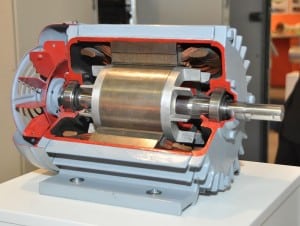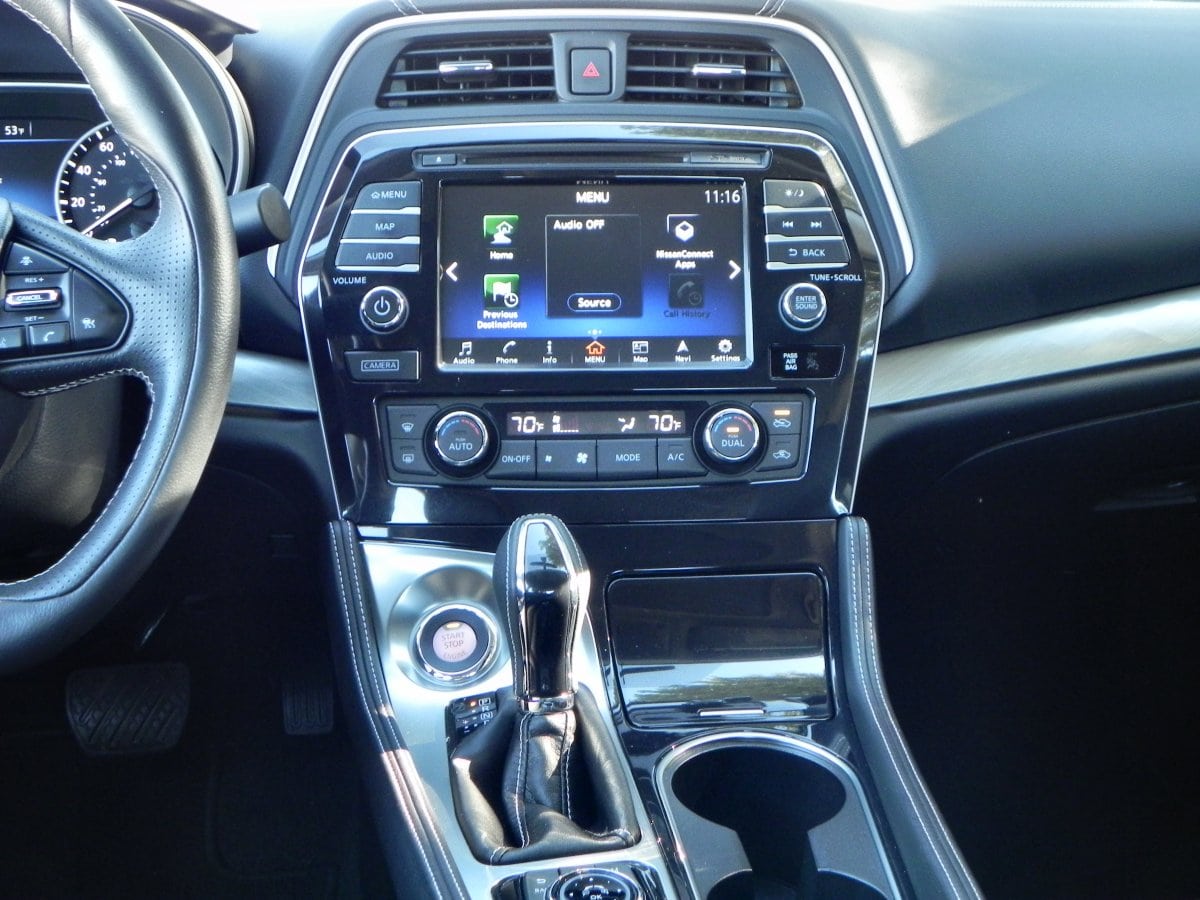
It might sound outlandish, and we’ve talked about it here on CarNewsCafe in the past, but everything points in the electric motor direction. Performance cars must adopt an electric motor, one way or another.
Performance through 100%, instantaneous torque.
When an electric motor starts to spin, it delivers 100% of its torque. Think about what this means for any performance car. Now think about the King of the Hill, the Nissan GT-R. The unsuspecting Nissan can thumb its nose at most Porsche and Ferrari. Worse yet, it manages it with a V6. Still, as much as Nissan was able to squeeze more and more power of it, it is running into a glass ceiling. There is only so much you can extract from an opposing piston engine. An electric motor is the next logical step.
In a leaked image from an unnamed Japanese magazine, a rendering of the GT-R R36 hints at its next evolution. The hypothesis is that it will generate 580 HP, but with an extra 250 HP from a regenerative Kinetic Energy Recovery System (KERS).
Nissan takes on McLaren, Ferrari and Porsche.
These numbers would put the next, theoretical GT-R, right in McLaren, Ferrari and Porsche territory. Is Nissan pulling a Tesla Motors on these traditional exotic car makers? It would certainly seem like it.
No matter how we look at it, an opposing piston engine has a finite efficiency and usability bandwidth. Going all electric is too outside the business model for established carmakers tooled to produce internal combustion engine (ICE) vehicles. Only Rimac and Tesla Motors do this, since they were created from the grounds up as electric vehicle (EV) companies.
We know purists will scream bloody murder, but we would rather scream out of performance joy, then push an inherently inefficient design to unreachable limits. And anyway, what’s not to like about a hybrid powertrain that saves energy and delivers more performance?
Via DigitalTrends.







